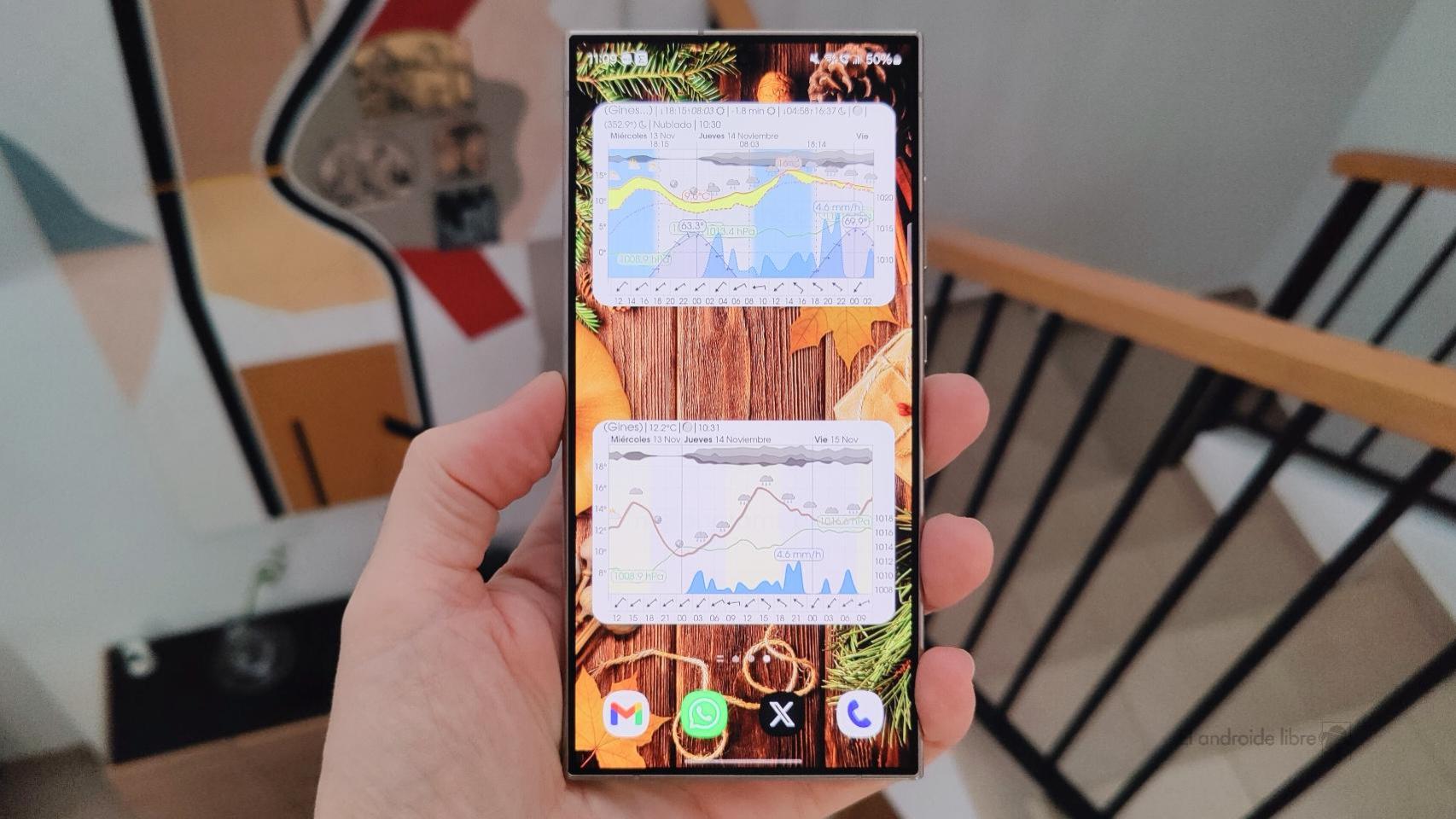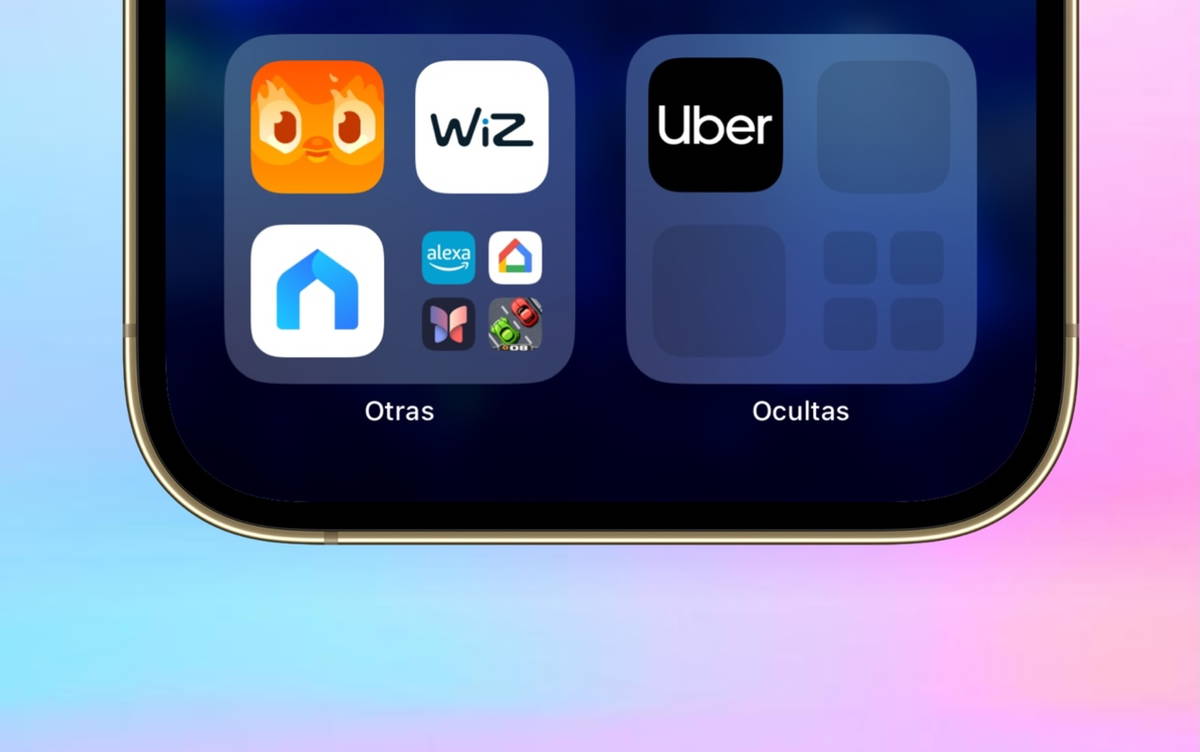I have been using smartwatches for many years, and there is no denying that they have evolved into truly useful and even independent devices, if you will, since they have many applications and uses that do not require a phone portable. However, watches aren’t the only wearables that have improved significantly over the years: today’s smart bracelets are better than ever.
Many years ago, when the first “smart bracelets” started hitting the market, most didn’t even have a screen. Nowadays, these activity bracelets have become more than capable devices, which, although they do not have all the features and functions of a smart watch, do have them. They offer what I need in a laptop for my daily lifeto the right extent, and even have certain advantages.
Smart bracelet for everyday life. Smart watch for special occasions
The smartwatch I currently own has a large screen, perfectly visible in sunlight thanks to the Wear OS operating system. has many applicationssome that allow things like downloading music to the watch to listen to my favorite songs when I go for a run without having to carry my phone, and I can even use it to control the computer, if for some reason I want to .
These are all very useful functions and features, but they also have negative consequences: being a larger screen and a complex and high performance operating system, its battery consumption is higher. This is the Achilles heel of smartwatches: they are very good, but they generally require recharging their batteries every 2 days or maybe, if you’re lucky, every 3, in modern models.
What are the advantages of a smart bracelet in everyday life?
The battery of smart bracelets lasts much longer. The first advantage is the most obvious: as they are less powerful devices and have fewer capacities, they have greater autonomy. The battery of smart bracelets charges on average every 7 to 14 days, so this does not pose a problem for the user. We put it on our wrist and forget to connect it to the charger for at least a week or ten days, and it’s fantastic.
Smart bracelets have a battery that lasts between 7 and 14 days, because they have fewer functions and capabilities than watches
Of course, as I mentioned, bracelets perform worse than smartwatches. They normally rely on a mobile phone, so they generally do not have (at least the majority) technologies such as WiFi, GPS or, of course, connection to mobile networks. Its operating system is also more basic and allows you to do fewer things, and the screen, although large today, is also less advanced than that of a watch. All this results in reduced energy consumption, and therefore greater autonomy. And those two weeks of battery life on each charge are a huge plus for daily use.


Smart bracelets can track health and have some basic applications, such as access to the calendar, calculator and media playback control.
The smart bracelet disappears when I use it. Smartwatches are large and have a generously sized screen for viewing apps. This is very useful, but it also has a disadvantage: wearing the watch is in certain situations less comfortable than wearing a smart bracelet. In my case, I am mainly referring to sleep. On the other hand, I can wear the bracelet 24 hours a day, while I sleep, while I go shopping, at any time, I never take it off because it disappears on my arm. Well, I take them off to shower, because even though they are waterproof, I prefer not to wear them in the shower.
The smart bracelet does what I need from a wearable for everyday use. With the smart watch, I can even write and send a message on WhatsApp or reply to emails, which feels amazing the first time. But in my daily life, when I’m working or at home, the bracelet gives me what I need: notifications with quick replies, health tracking, and calendar and weather information . And the truth is that sleep and exercise tracking work very well on the bracelets. Do I need more functions, those that the smart watch offers me? Yes, of course, and I use them all the time. But do I need it all the time? Not really.


Smartwatches have a lot more apps, but they also consume a lot more battery. (Photo: Iván Linares for Xataka)
Finally, smart bracelets are much cheaper. And this advantage is linked to the type of user you are. For example, if I move furniture in my house and touch the screen of my smart watch, I will worry much more than if I touch the screen of my bracelet. These devices cost on average between 40 and 80 dollars, much less than the 200 or 300 dollars of a smart watch. It’s not that they’re disposable, but they’re more accessible and a great gateway to the world of wearables.
In my case, I own both devices and can choose when to use each of them. Generally In my daily life I wear the smart bracelet for health, sleep and running monitoring. Otherwise, when leaving the house, going to the gym or on other occasions, I prefer to wear my watch because I know that I will use it more intensively, and it looks much more beautiful. After all, it’s something we wear as part of our clothing, an accessory.
Cover photo | Eduardo Marín for Xataka Android
In Xataka Android | ChatGPT on your smartwatch: solve all your doubts without turning on your phone
In Xataka Android | Save the battery of your smartwatch or bracelet: seven tips that go beyond low power mode










